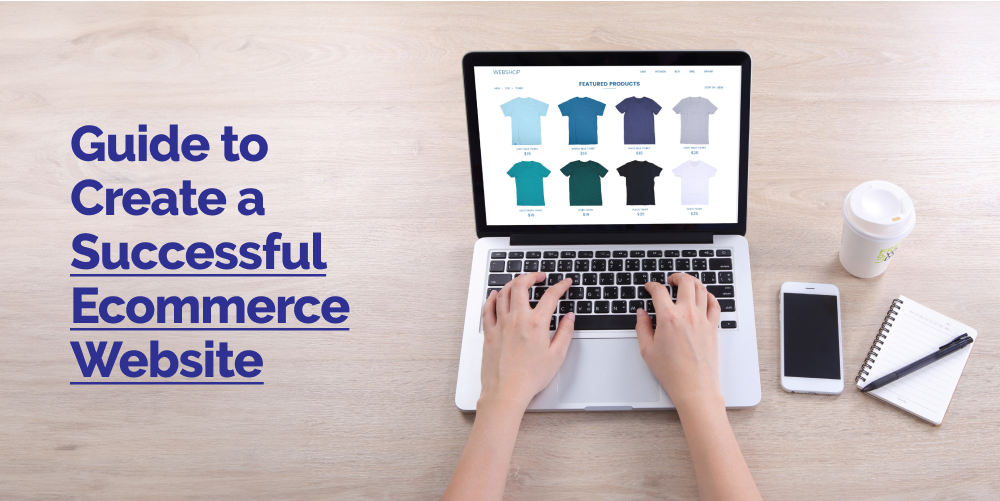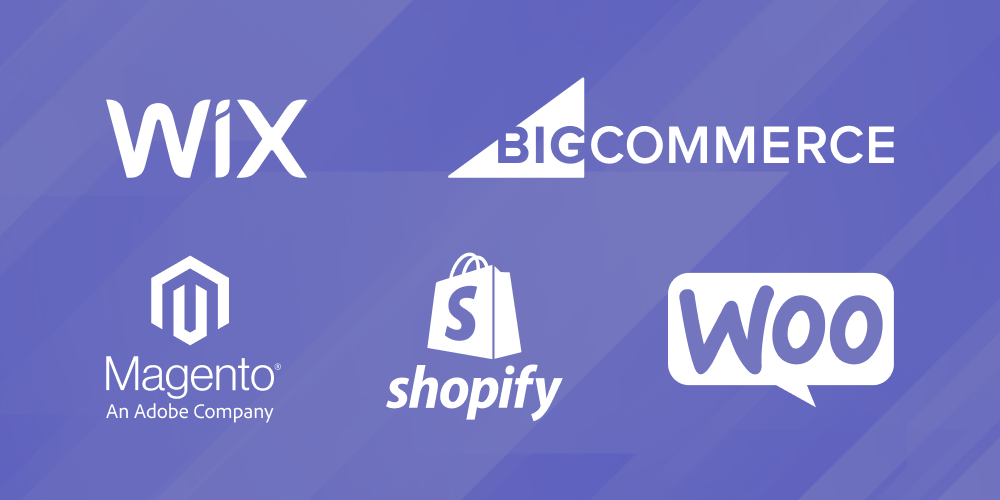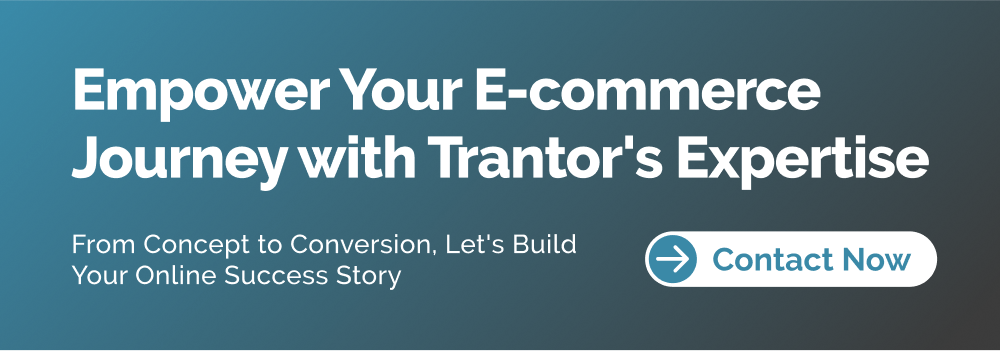Ecommerce Development, zBlog
Build a Successful Ecommerce Website in 2024: A Step-by-Step Guide
atif | Updated: January 23, 2024

Introduction
When businesses decide to build an eCommerce website, it opens exciting opportunities to start selling products or services online. But transforming your vision into a fully functional, revenue-driving online store requires strategic planning and execution across technology, design, content, marketing, and operations.
Follow this comprehensive 10-step guide on how to build an eCommerce website and start your online selling venture up for long-term success.
- 1. Find Your Niche: Rather than mimicking Amazon or other marketplaces, focus your inventory around specific products, brands, or target customers offering differentiated value. Start niche maximizing authority and tailoring the site experience before expanding your catalog over time.
Analyze your expertise, interests, and business model strengths to choose a focused category like fitness gear for yogis, gaming laptops, or dog beds and toys. The early specialization builds loyal audiences. - 2. Select Your eCommerce Platform: Whether opting for an integrated solution like Shopify or custom-building on Magento, WooCommerce, or BigCommerce, select an eCommerce platform aligning with your budget, feature needs, and technical capabilities.
Factor required integrations, scalability plans, built-in vs third-party marketing tools, design flexibility, payment processing, shipping logistics, and other components shaping customer experience.
- 1. Find Your Niche: Rather than mimicking Amazon or other marketplaces, focus your inventory around specific products, brands, or target customers offering differentiated value. Start niche maximizing authority and tailoring the site experience before expanding your catalog over time.

- 3. Design a Seamless Site: Visitors must easily navigate products, descriptions, buying paths, and resources across devices. Optimize page layouts and interfaces for intuitive exploration. Eliminate friction finding prices or adding to carts.
Highlight sales, new arrivals, and recommendations drawing attention. Optimized on-site search and filtering enable shoppers to delve deeper into your catalog finding ideal items. - 4. Showcase Products Attractively: How products display makes or breaks sales. Product pages must convince visitors why that particular item merits purchase better than competitors.
Professionally shot photos, informative yet brief descriptions, specs, user reviews, and guides help customers evaluate products. Video demos and 360 views build further trust.
- 3. Design a Seamless Site: Visitors must easily navigate products, descriptions, buying paths, and resources across devices. Optimize page layouts and interfaces for intuitive exploration. Eliminate friction finding prices or adding to carts.

- 5. Integrate Robust Search: On-site search is critical for shoppers unfamiliar with your catalog to locate desired items efficiently. Advanced autosuggest, spell check, synonym search, and filtering enhance discovery.
Optimize product information behind the scenes with metadata, schema markup, and Artifical Intelligence to improve relevance. Search is how new visitors navigate into your catalog so perfect this experience. - 6. Personalize Across Journeys: Implement personalization powered by data and AI to tailor interactions across the buyer journey from initial encounters and email subscribers to loyal repeat purchasers.
Welcome new visitors by name. Recommend related products reflecting past purchases and interests. Incentivize returning shoppers through loyalty programs conveying their value.
- 5. Integrate Robust Search: On-site search is critical for shoppers unfamiliar with your catalog to locate desired items efficiently. Advanced autosuggest, spell check, synonym search, and filtering enhance discovery.

- 7. Accept Wide Payment Options: Nothing deters purchases faster than limiting payment methods to accommodate customer preferences. Integrate key processors like Stripe and PayPal.
For high ticket items, enable installment plans breaking payments into manageable amounts over time. Support popular mobile wallets and buy now pay later programs expanding flexibility. - 8. Streamline Mobile Experience: With over 50% of shopping now happening on smartphones, an optimized mobile experience is non-negotiable. Test responsiveness across devices and spot any friction like difficult navigation hampering mobile conversions.
Ensure speedy page loads and crisp images even on spotty connections. Simplify typing on smaller screens with autofill and tap-to-call. Mobile convenience cements customer loyalty.
- 7. Accept Wide Payment Options: Nothing deters purchases faster than limiting payment methods to accommodate customer preferences. Integrate key processors like Stripe and PayPal.

- 9. Promote Across Channels: Organic SEO and paid search can drive early traffic, and expand reach through email marketing nurturing sequences, content marketing, affiliate promotions, influencers, paid social ads, retargeting, and more.
Offer incentives for existing customers to share your store. Run contests and sweepstakes to build audiences. Multichannel marketing sustains awareness and sales as you scale. - 10. Optimize Operations: After launching, the real work begins optimizing business operations to scale your online store profitably. Monitor metrics highlighting successes and pain points. Keep inventory, shipping, and staffing aligned with sales trends.
Refine product selection, marketing campaigns, and technologies fueling growth. Nurture customer relationships retaining loyal fans even as you attract new buyers. With diligent fine-tuning, your eCommerce venture can flourish for the long haul.
- 9. Promote Across Channels: Organic SEO and paid search can drive early traffic, and expand reach through email marketing nurturing sequences, content marketing, affiliate promotions, influencers, paid social ads, retargeting, and more.

Case Study – Expanding Nationwide Reach for Electronic Retailers with Custom Magento Build
Our client, an electronics retailer with 15 brick-and-mortar stores, sought to grow revenue by launching a transactional eCommerce site and continuous product catalog. With complex custom design needs, seamless integrations, and enterprise-level scalability, they selected Trantor to strategize and build a custom Magento site meeting current and future multichannel business requirements.
Strategy
Trantor consultants collaborated closely with internal teams to deeply understand target customer journeys, brand vision, existing systems, and growth objectives. Key elements of our agreed strategy included:
- Consolidating 100K+ SKUs from distributors into a unified catalog
- Punchy, image-driven browsing reflecting in-store aesthetic
- Advanced on-site search with filters to easily locate products
- Custom fields for detailed specs like resolution, inputs, etc.
- Single view of inventory across stores and warehouses
- Integrations with CRM, ERP, and 3PL shipping systems
- Multi-store pickup and ship-to-store options
Execution
Our team configured Magento Open Source as the foundation and then customized it with tailored enhancements:
- Developed custom product attributes model supporting rich unique specifications
- Built interactive side-by-side product comparison tool
- Implemented advanced faceted search and guided navigation per category
- Created store locator with real-time inventory lookups
- Integrated order management and shipping systems via APIs
- Optimized page speed and UX for mobile and desktop
- Completed aggressive QA testing ensuring flawless user experience
Results
Within 5 months, we delivered a 100% customized Magento platform positioning our client for growth.
- 15% increase in average order value from personalized recommendations
- 300% improvement in site organic search traffic within 3 months post-launch
- Orders shipped from store inventory increased by 25% saving costs
- Added 3 more stores to the multichannel network within the first year
The fully responsive site provides customers with a user-friendly, on-brand browsing and buying experience complementing the retailer’s stores. Backed by Trantor’s ongoing optimization support, the eCommerce channel continues fueling its strategic expansion nationwide.
Let our eCommerce development experts guide you through every phase of planning, building, launching, and optimizing a thriving online store tailored to your business goals. Together we’ll bring your unique products and brand to eager shoppers online. Build a successful eCommerce website with Trantor and lay your foundation for eCommerce success.




